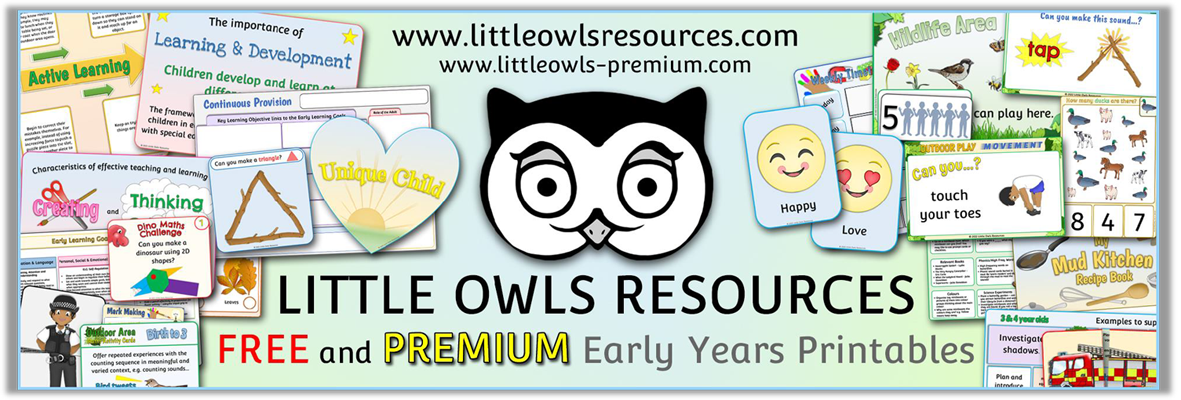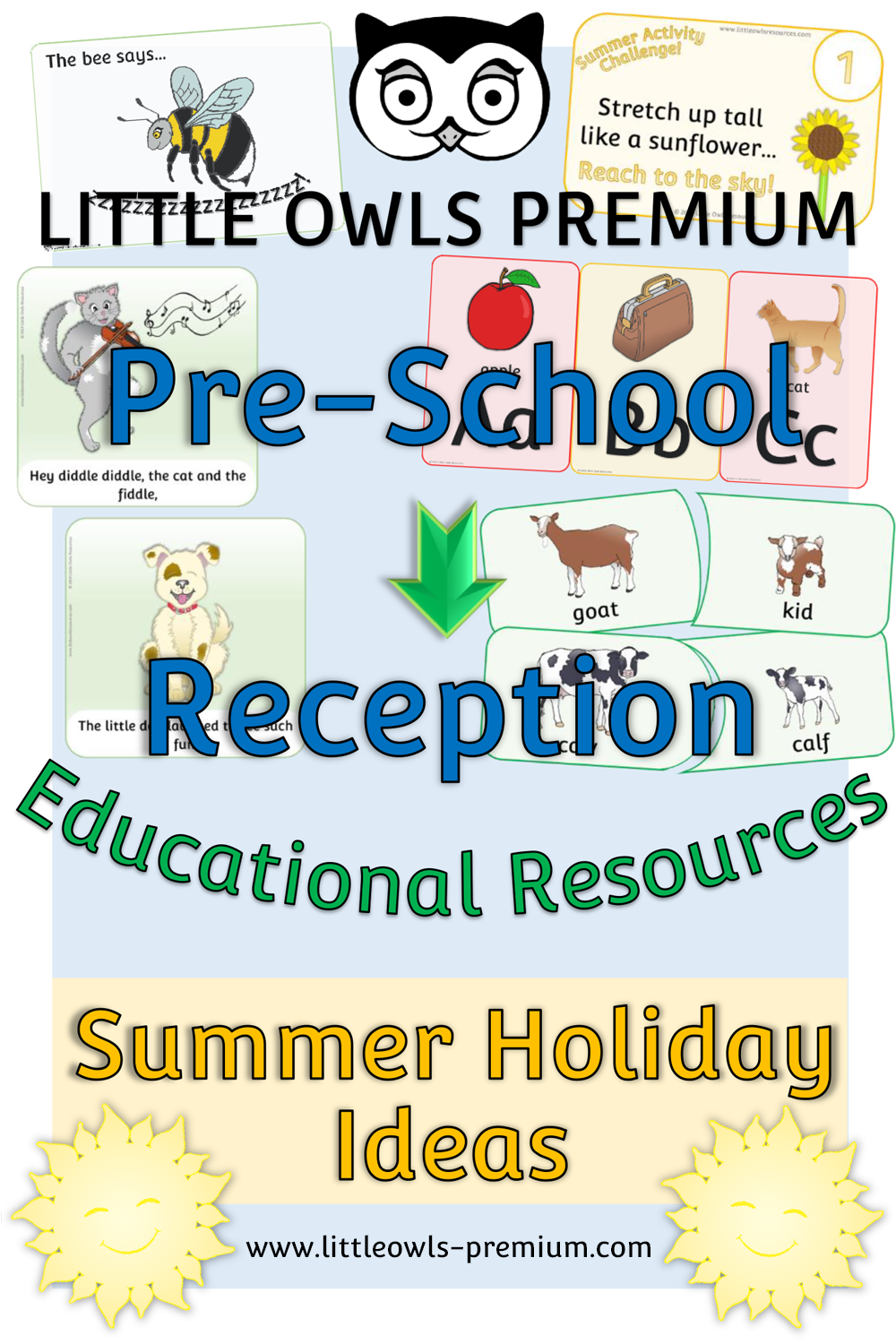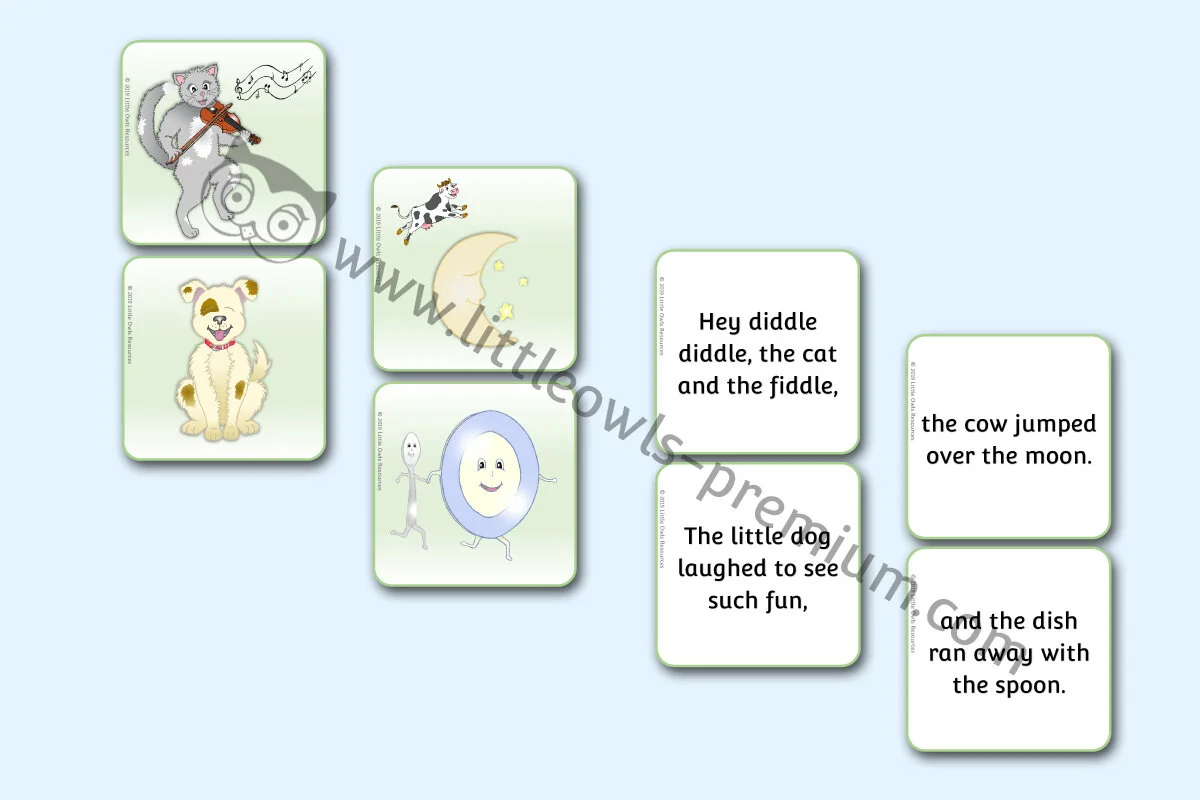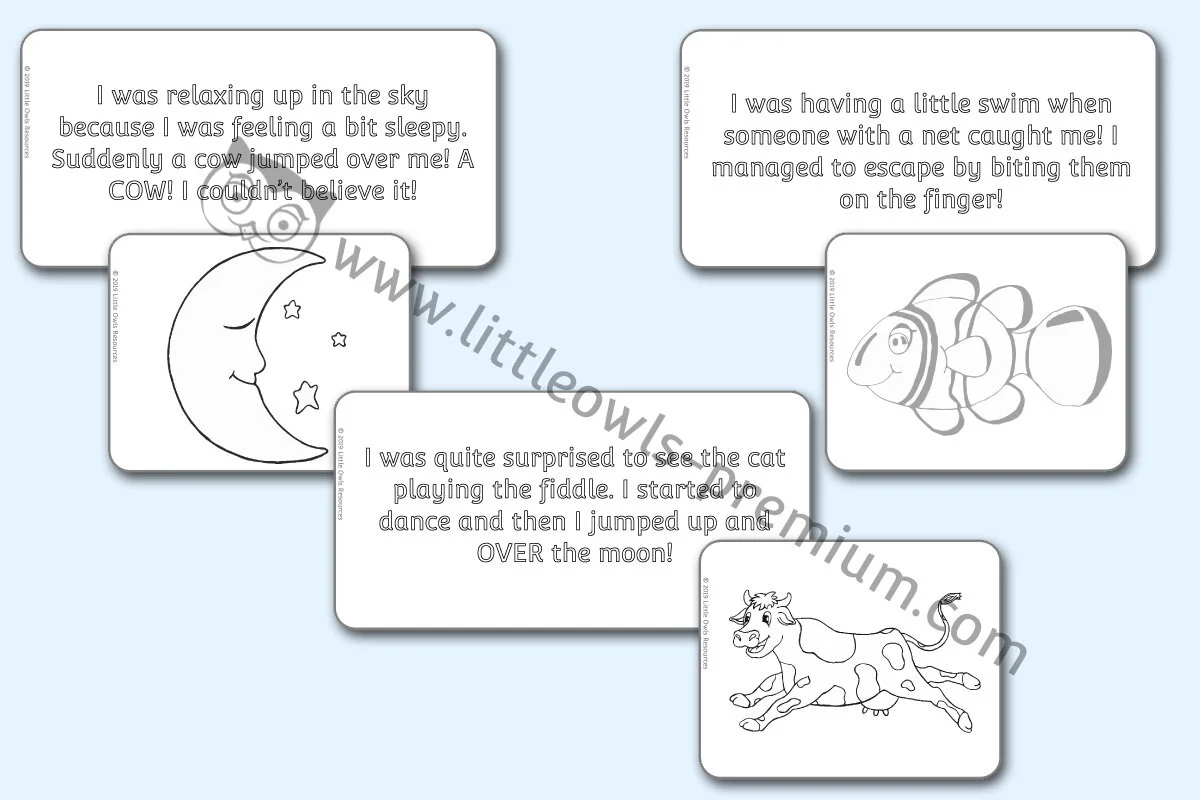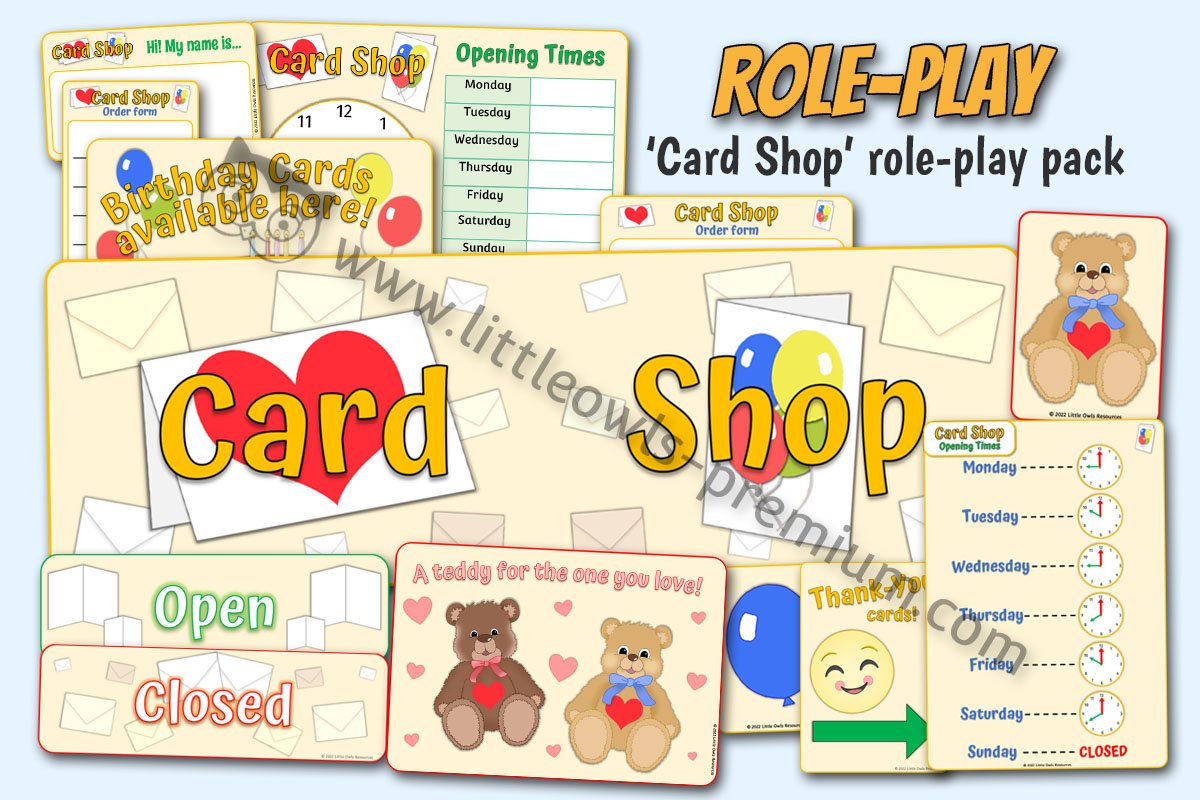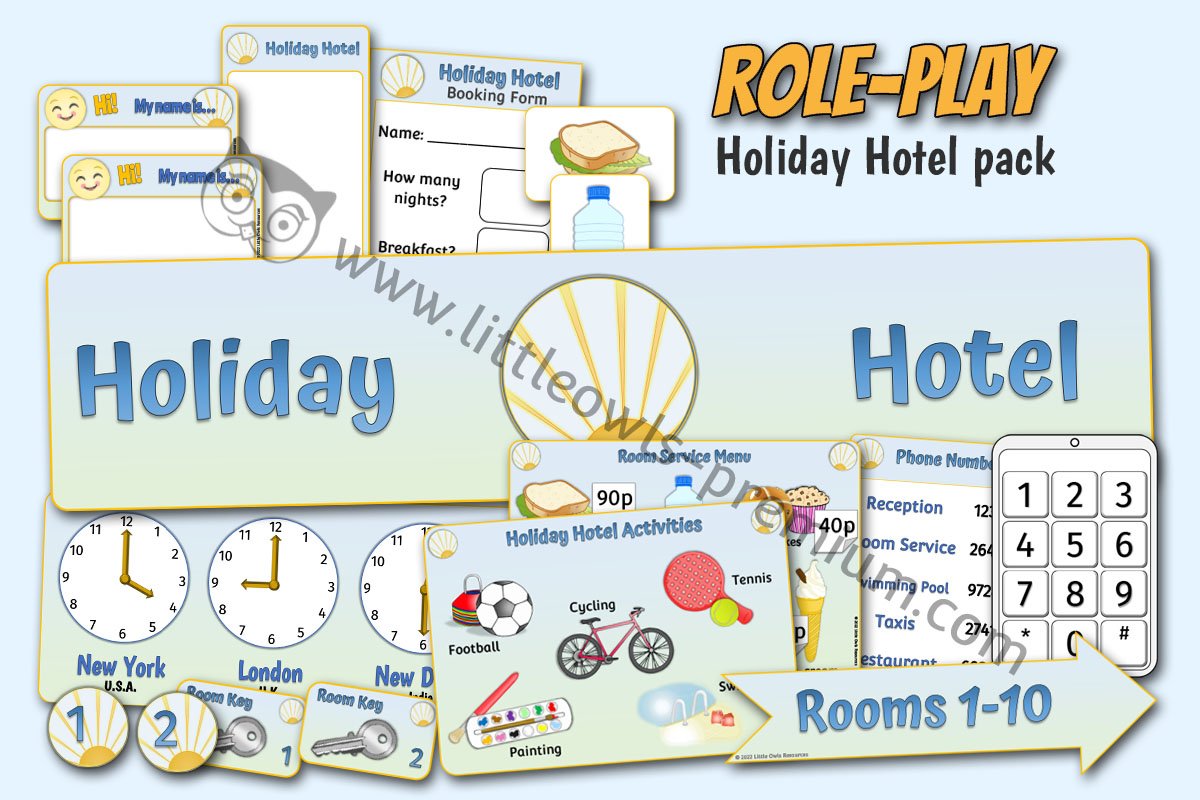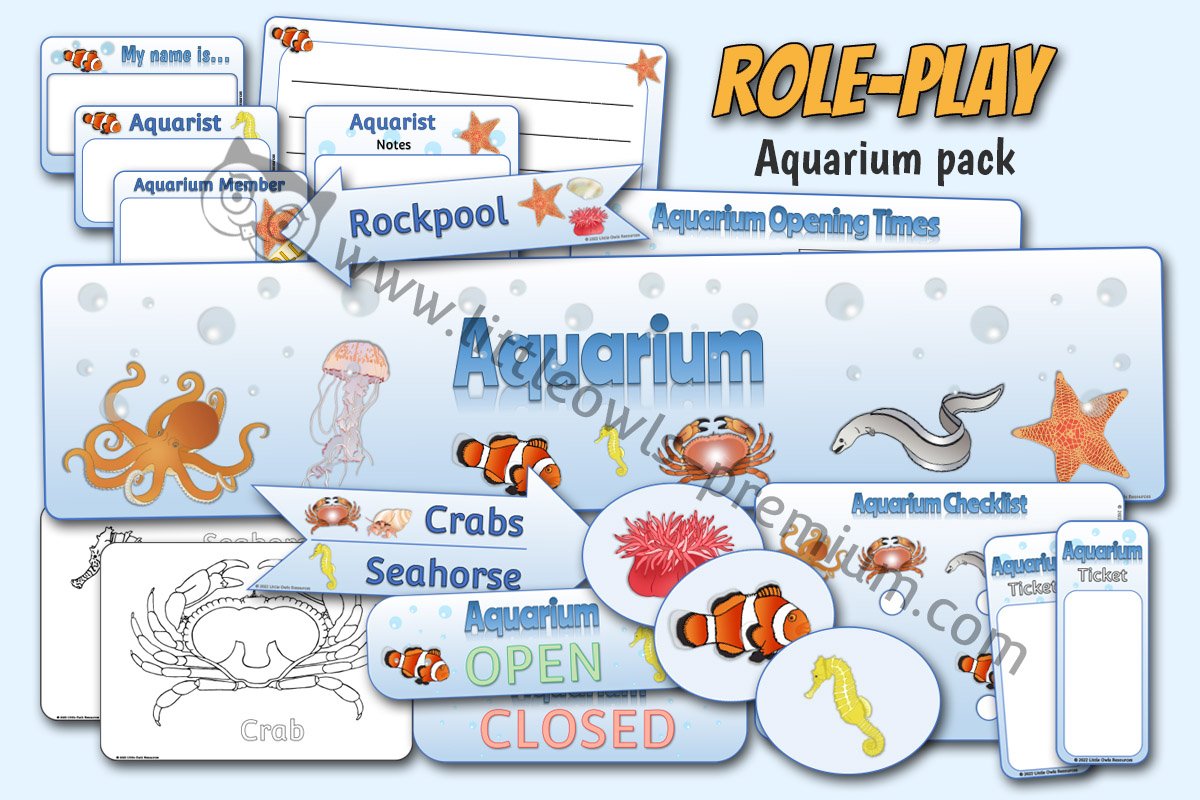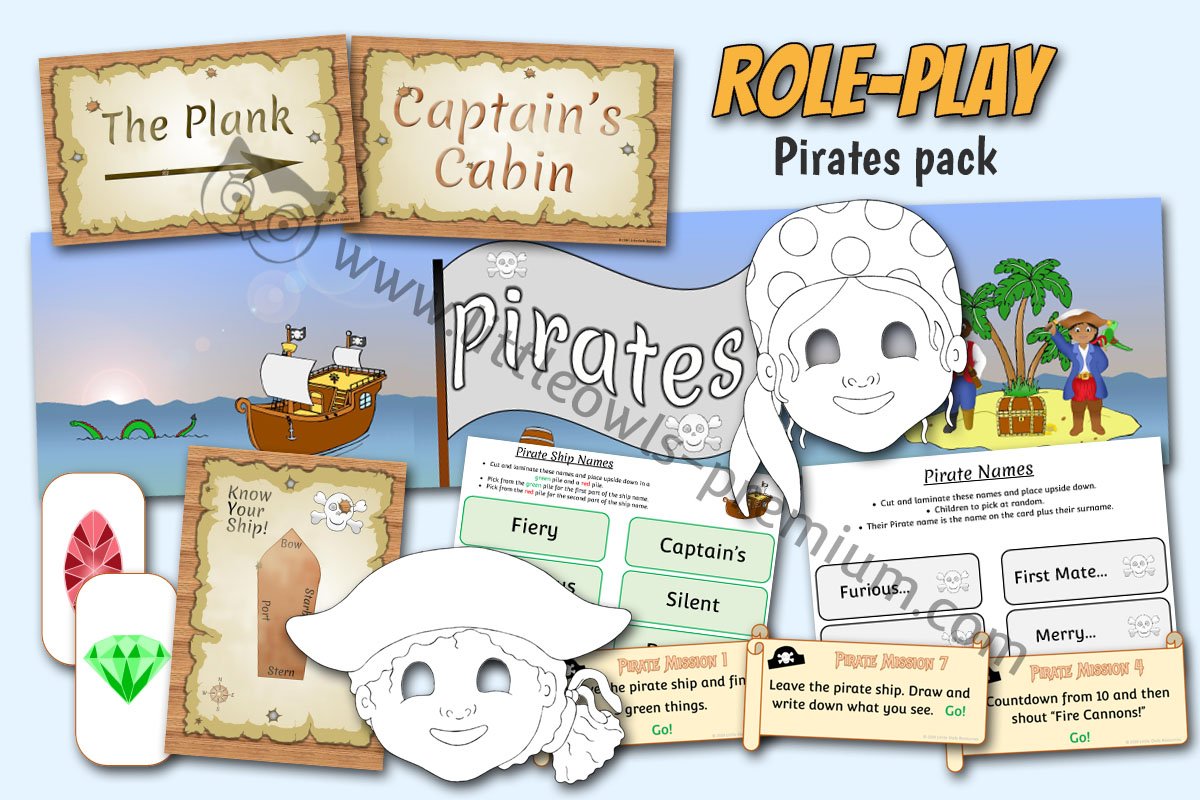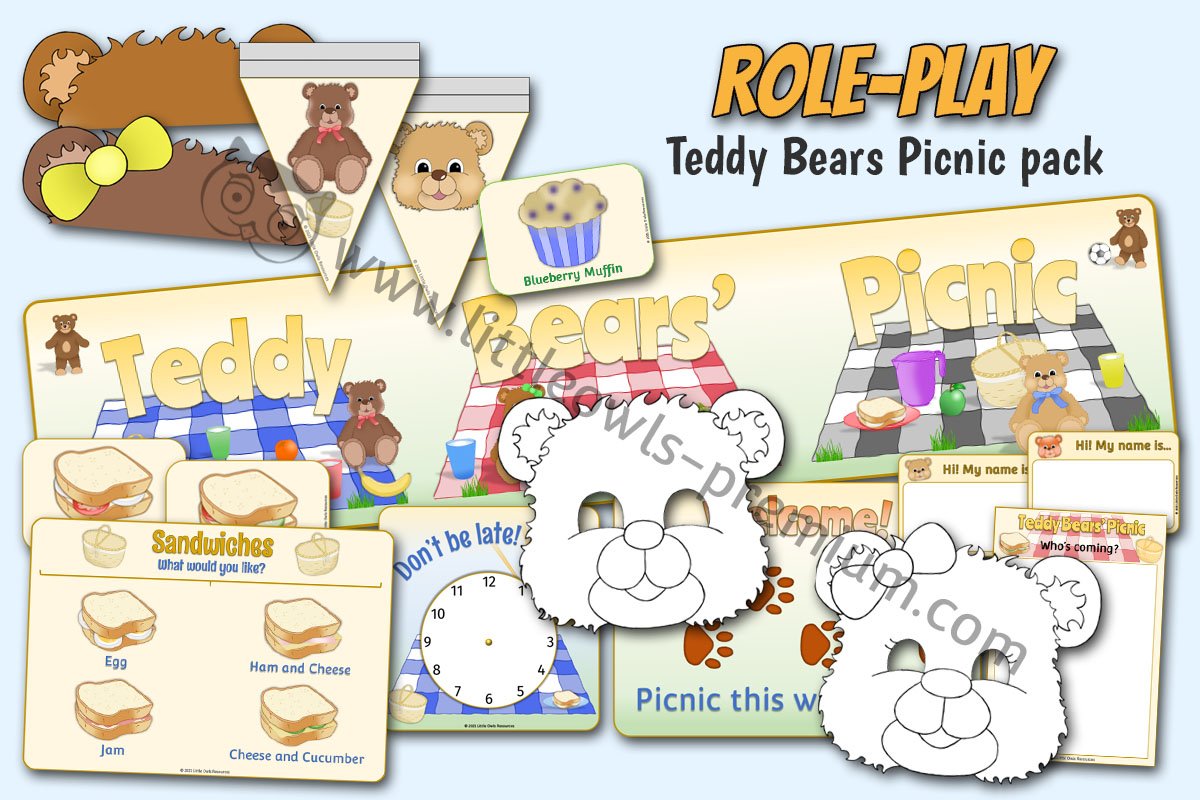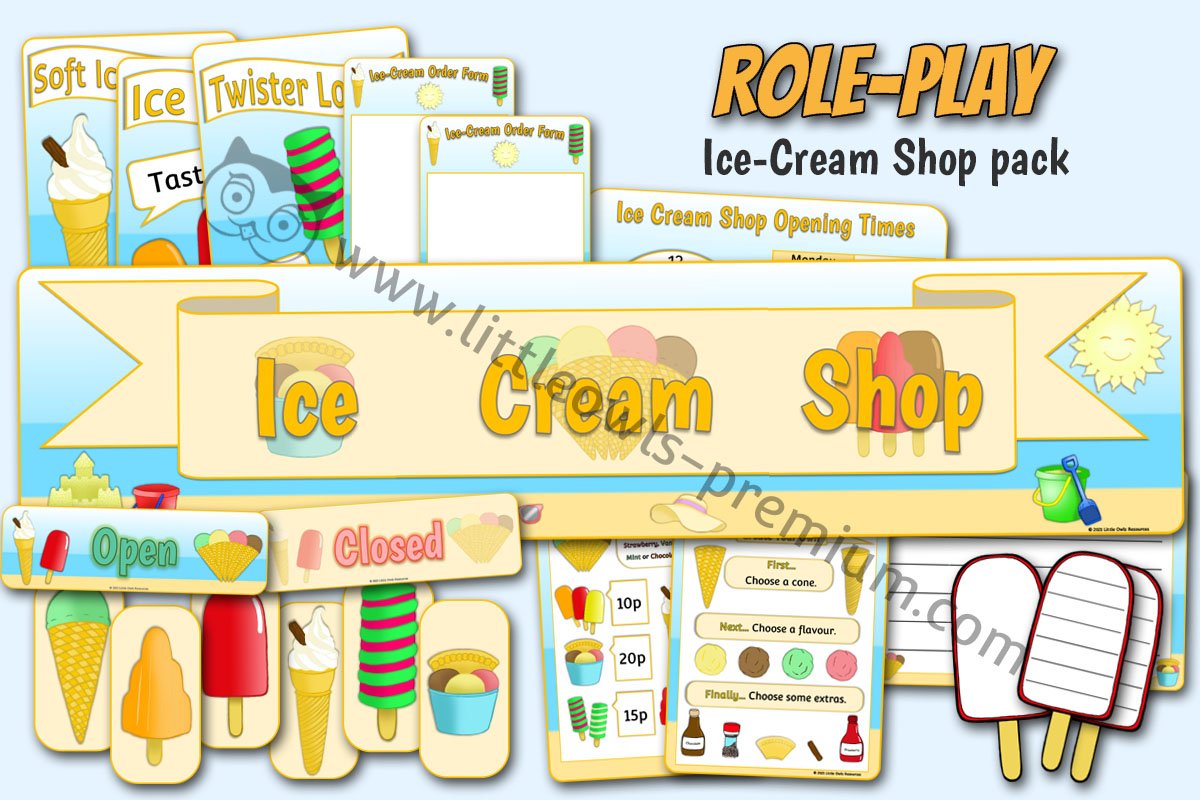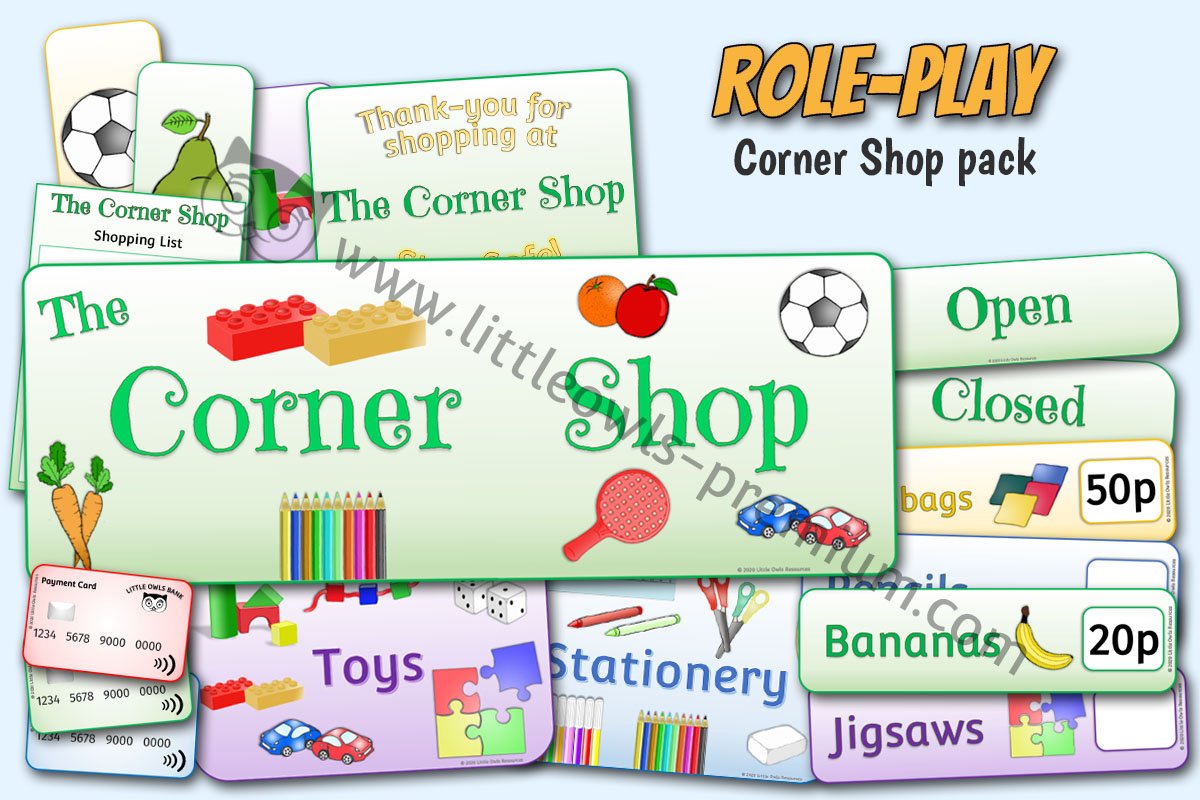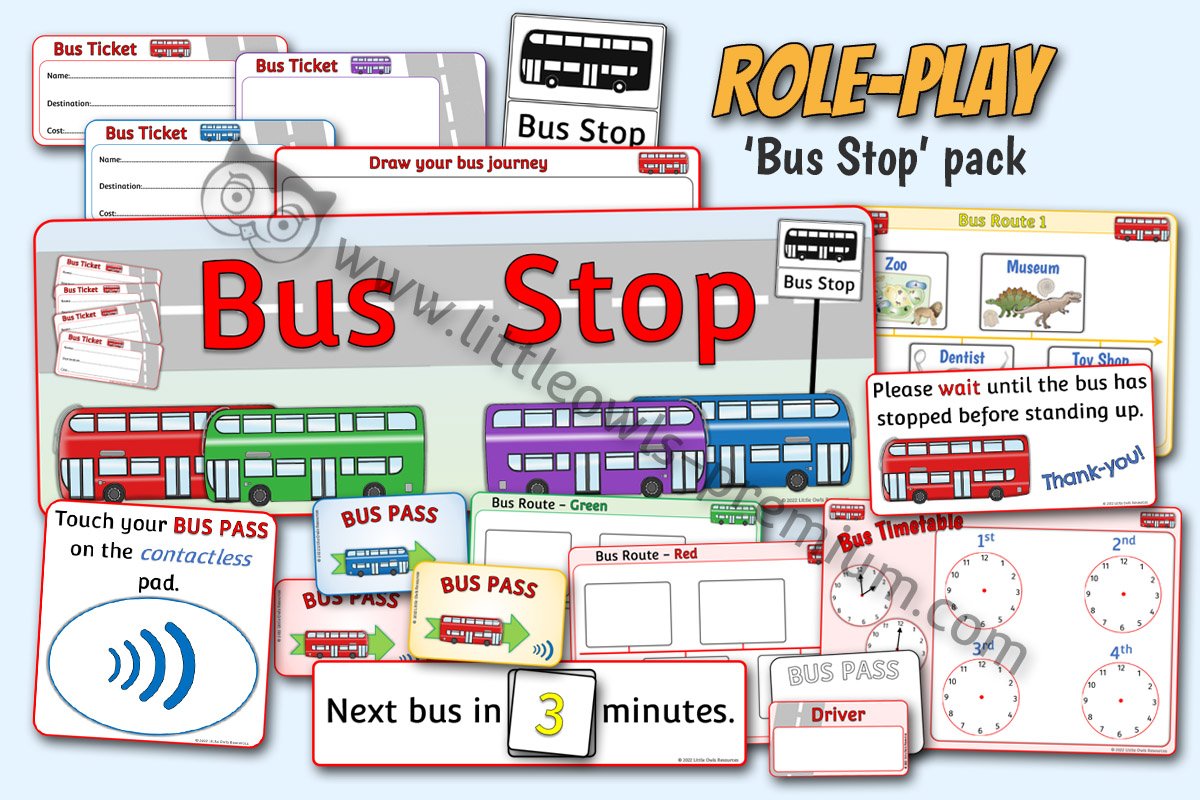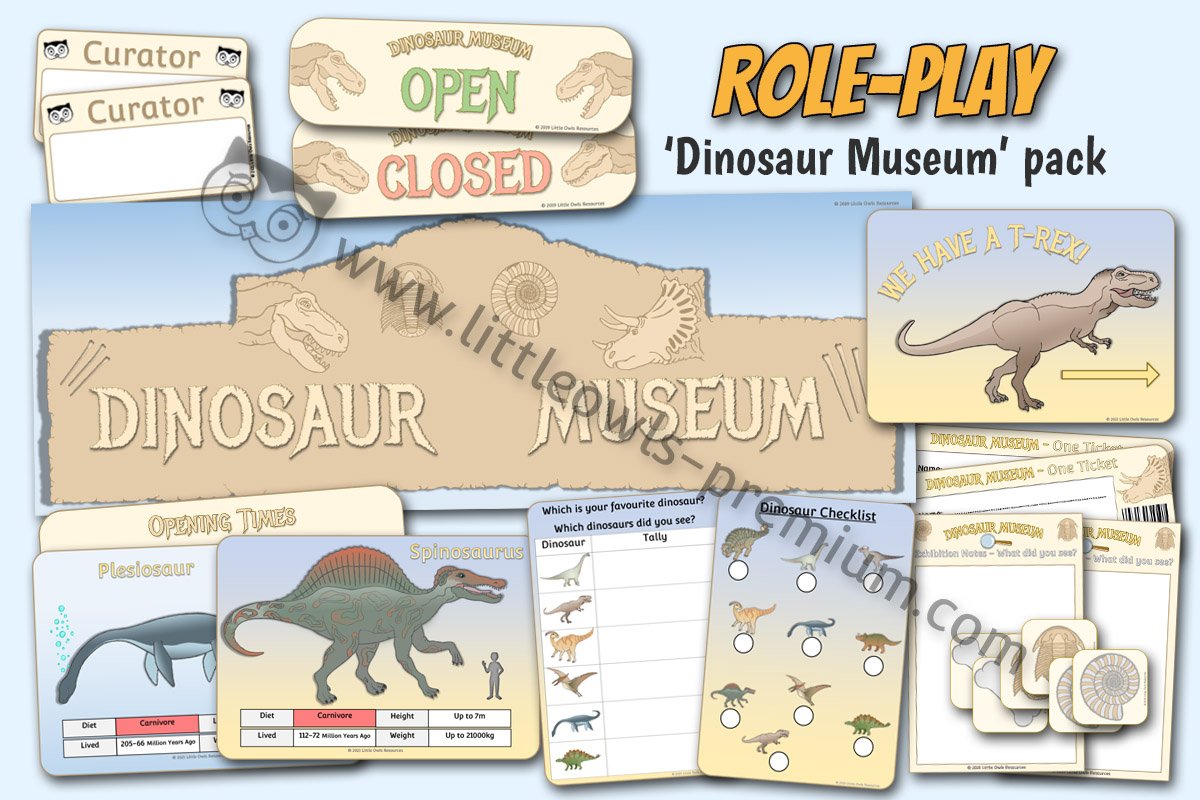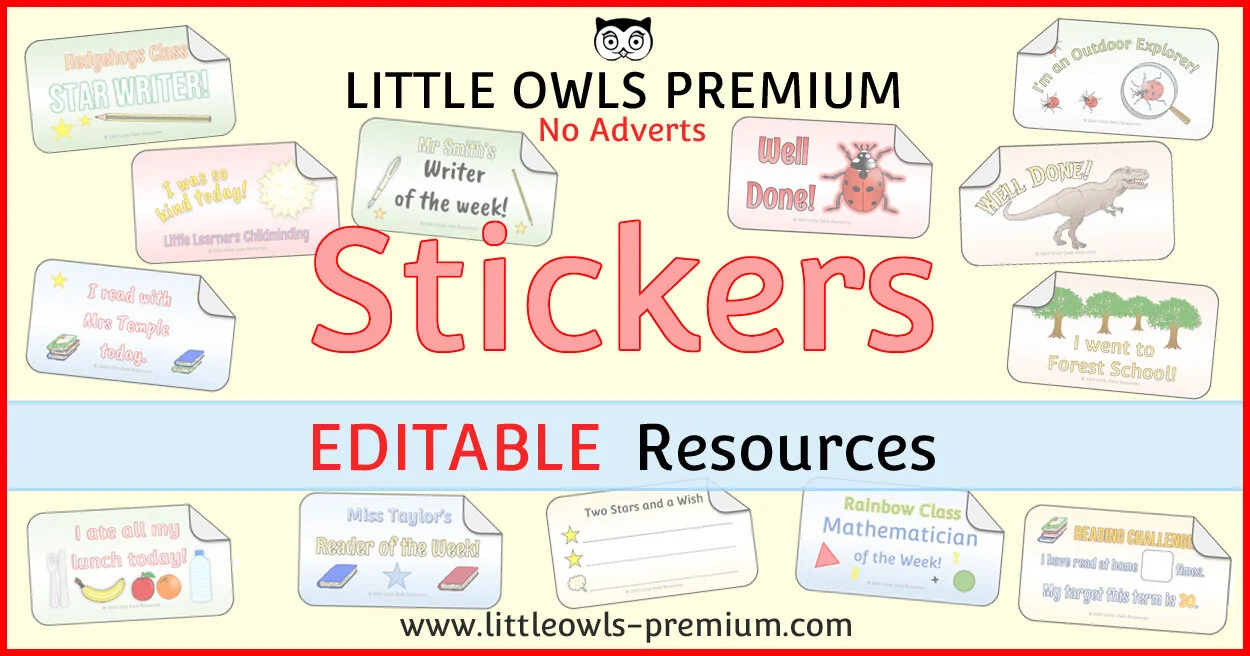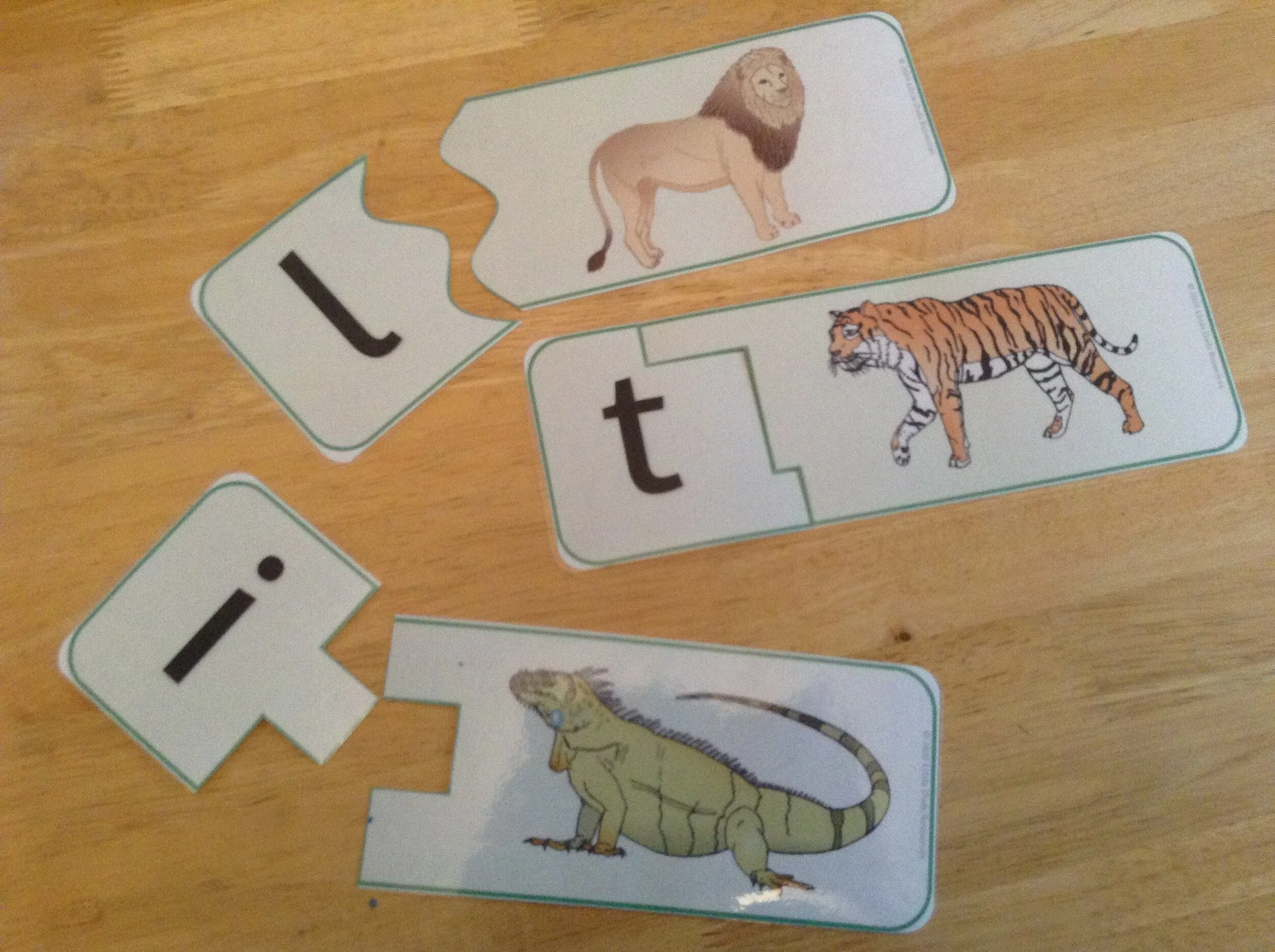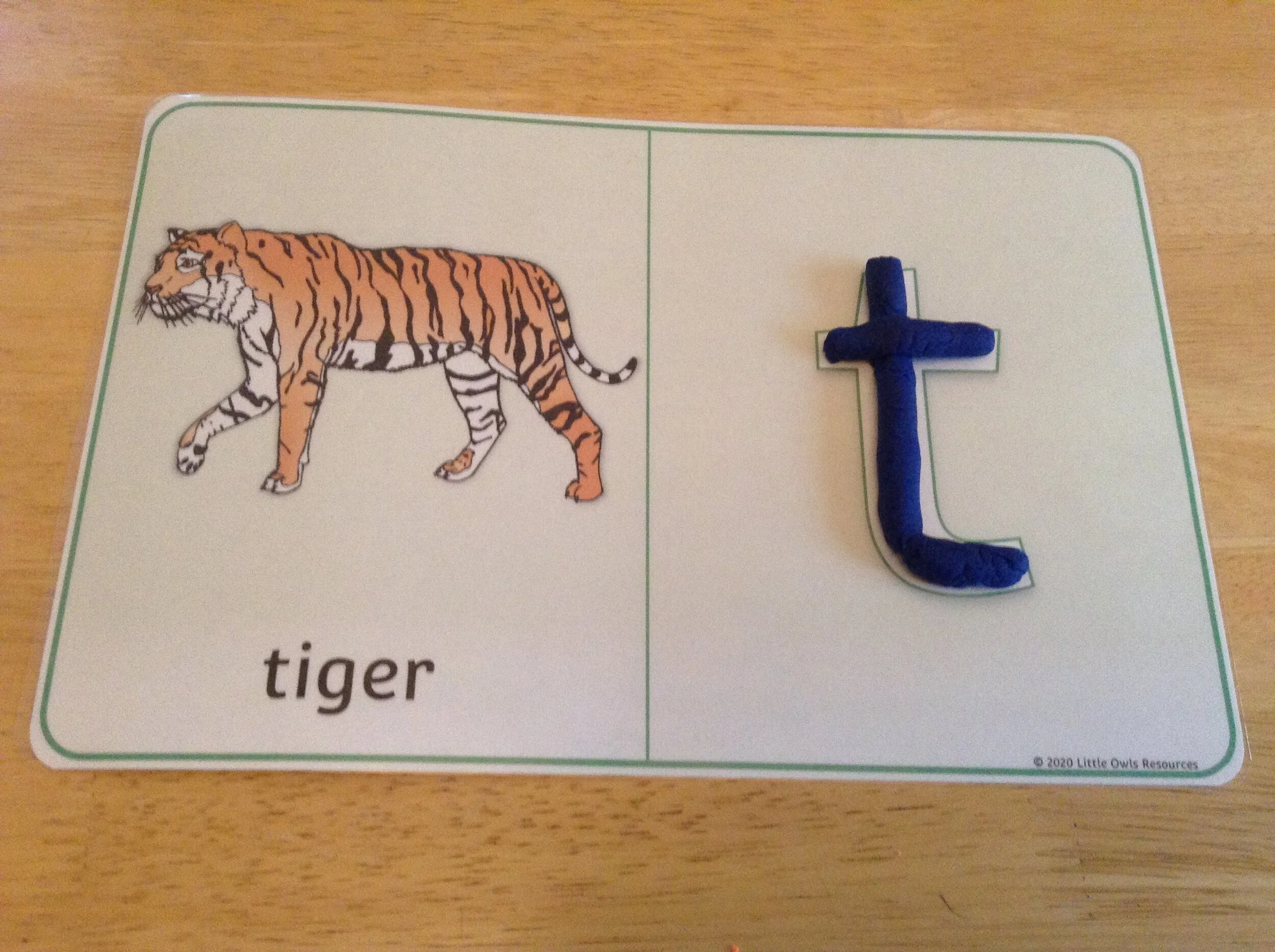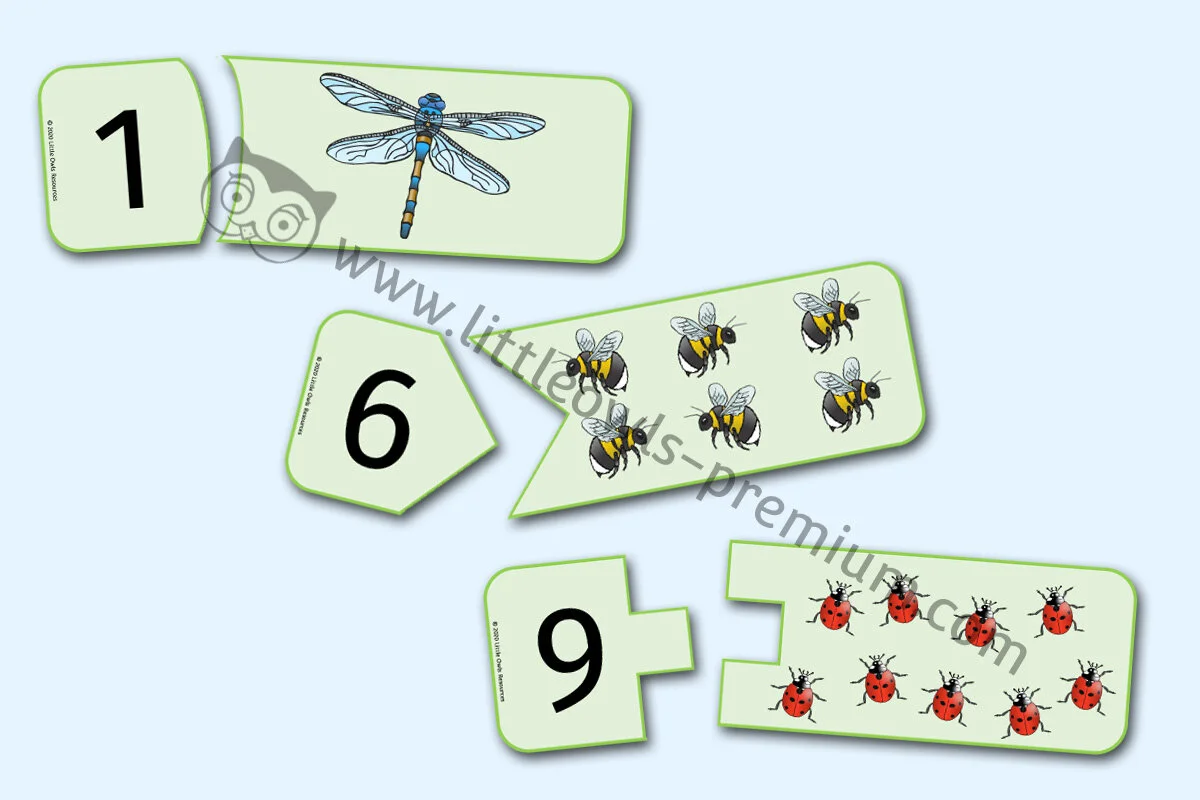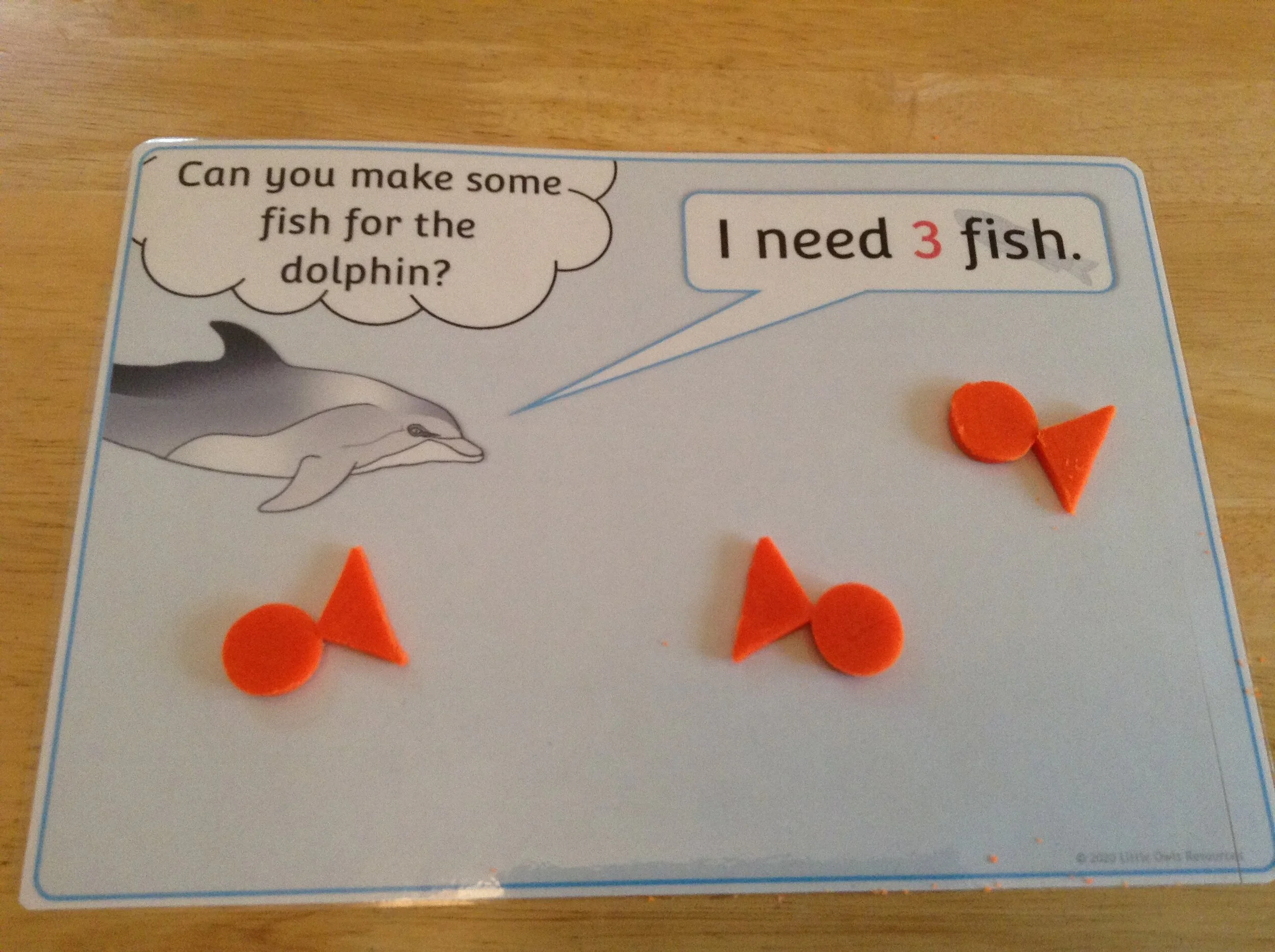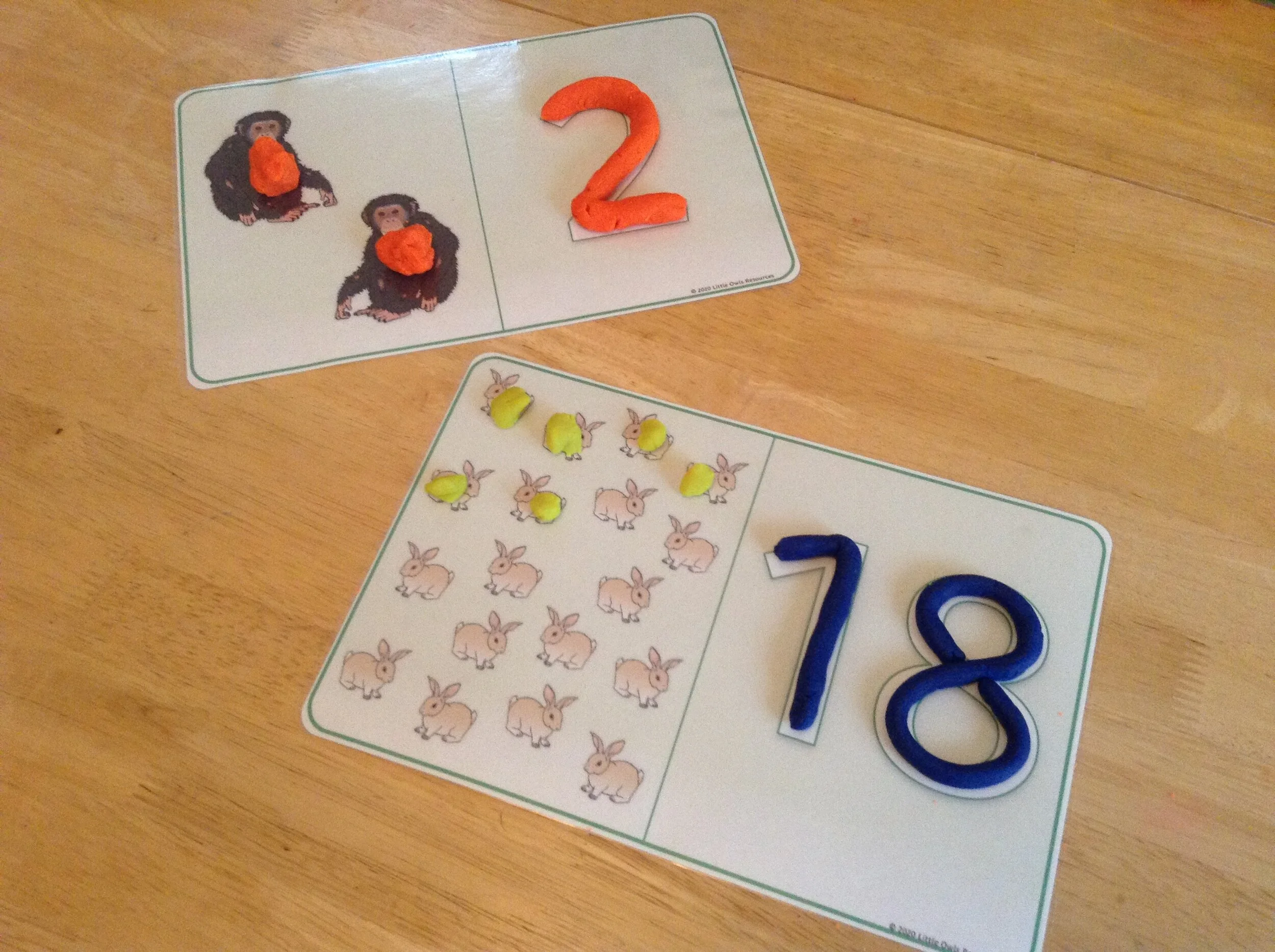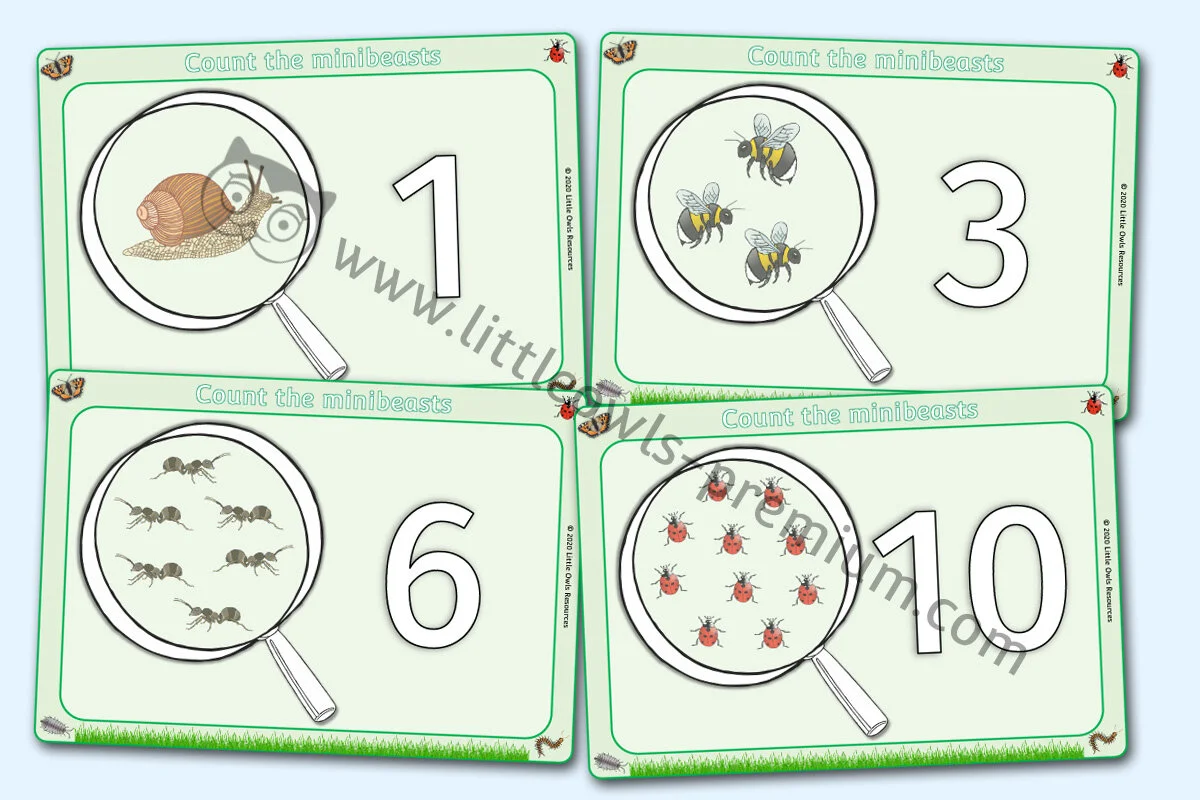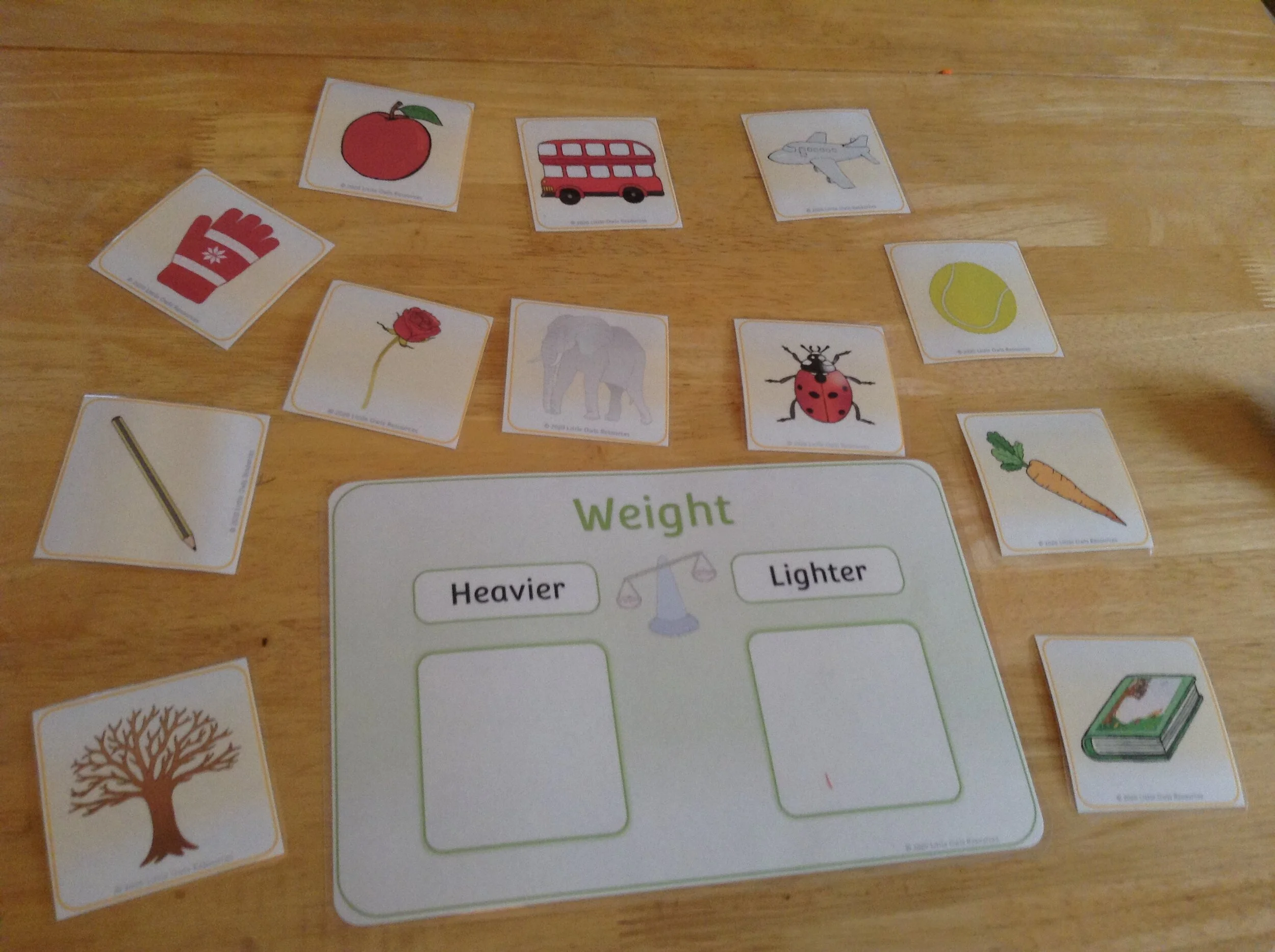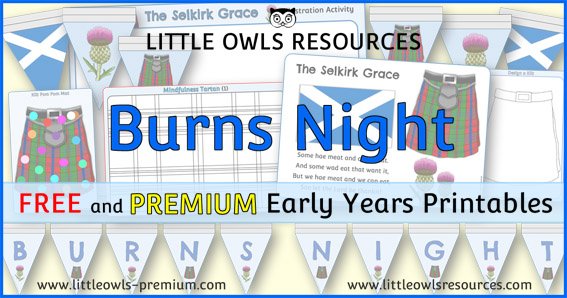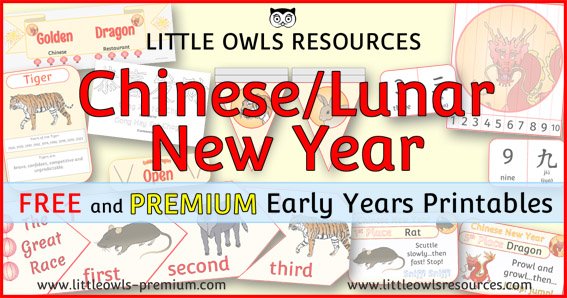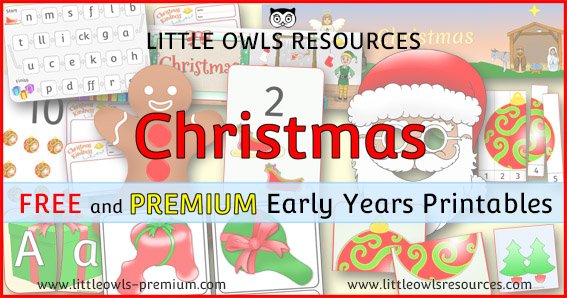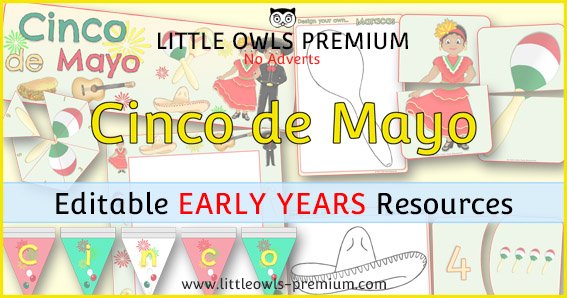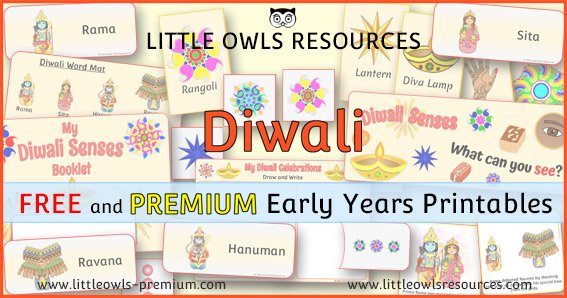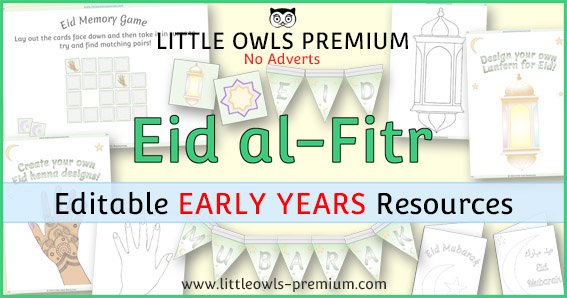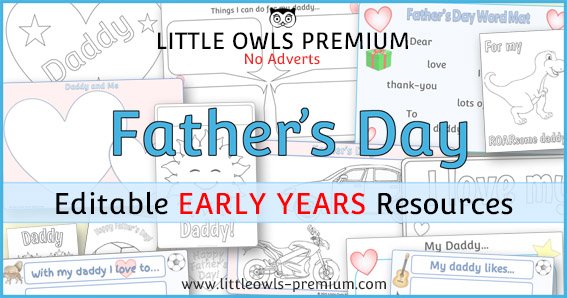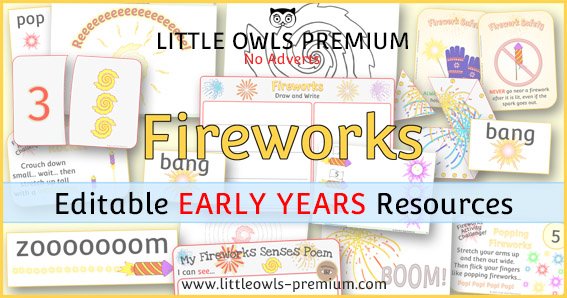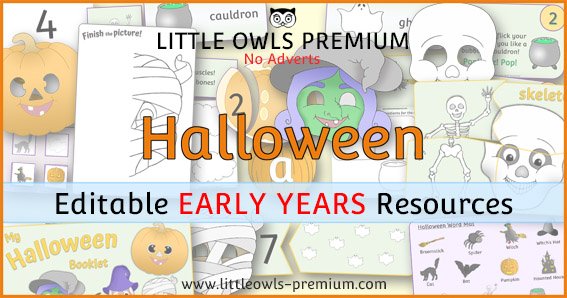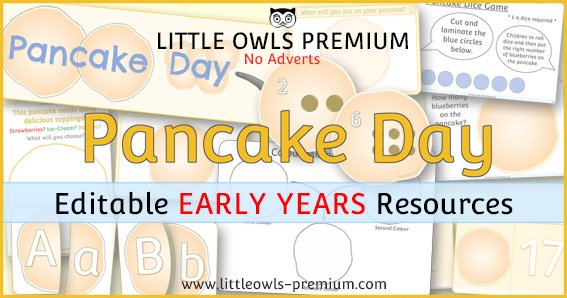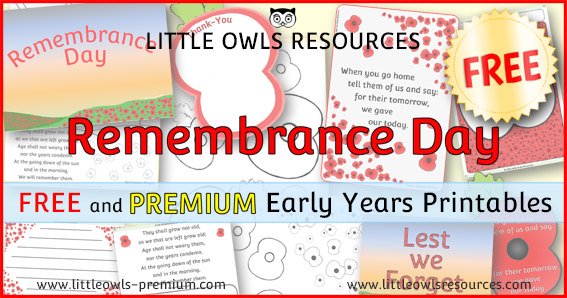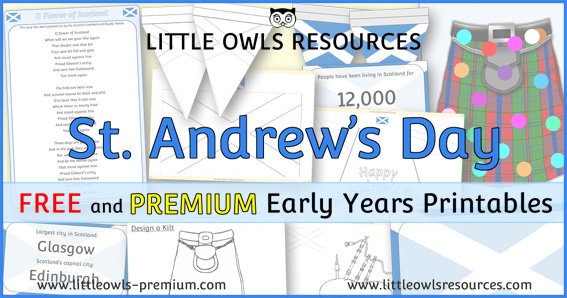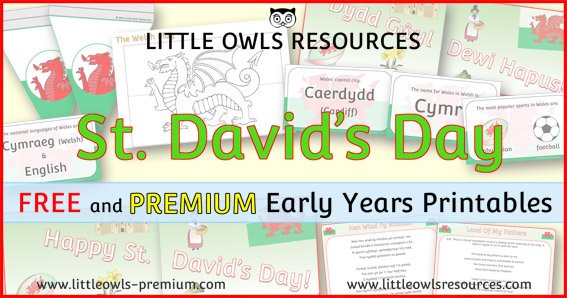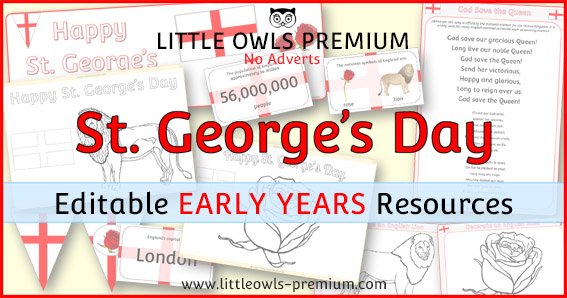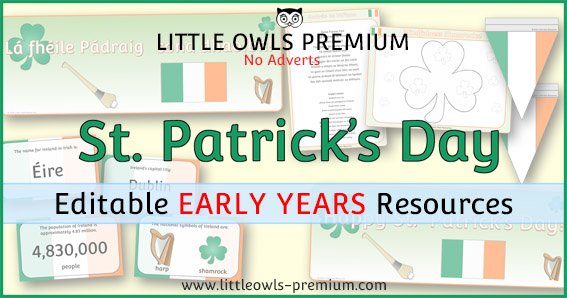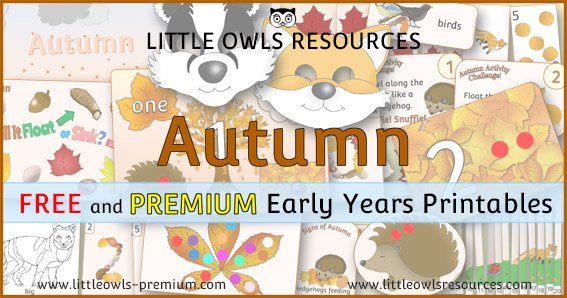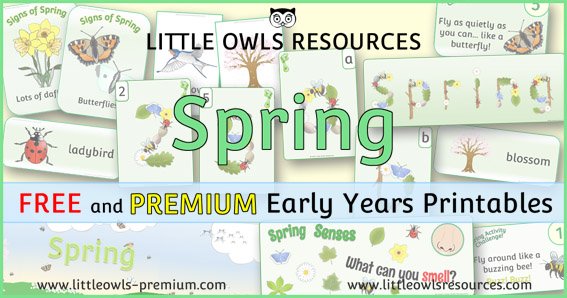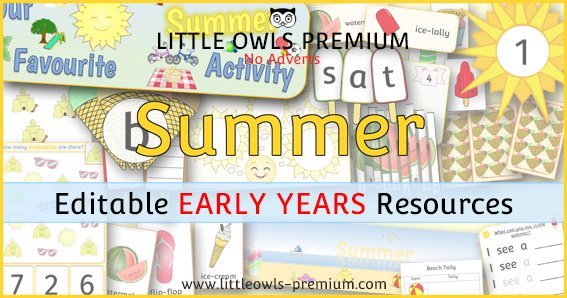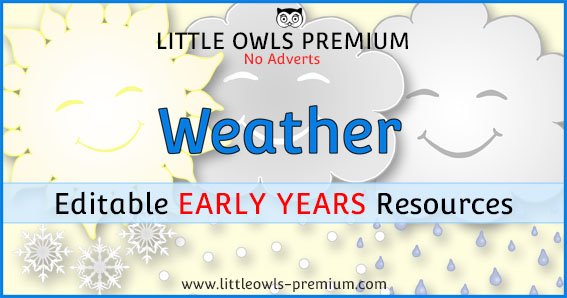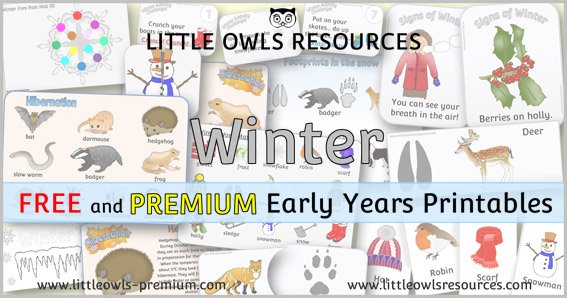PRESCHOOL - GETTING READY FOR SCHOOL
SCHOOL HOLIDAY IDEAS
(COVID Catch Up - Summer 2020)
Hi everyone!
We are in very strange times indeed. At Little Owls we are attempting to pre-empt what may be helpful to you all as we go into each phase of the ‘new normal’. We hope that this page will be a handy tool for Nursery/Preschool Practitioners, Childminders and Parents of children about to start school. We have endeavoured to consider key elements which make up learning through play in the year preceding school. On this page we have suggested resources which are suitable to be used at home 1:1 as well as within childcare/preschool settings to consolidate these elements perhaps as part of fun learning activities over the Summer.
We have grouped our ideas into the EYFS 7 areas of learning which are: Communication & Language / Personal, Social & Emotional Development / Physical Development / Literacy / Mathematics / Understanding the World / Expressive Arts & Design. Please feel free to scroll down to find the relevant section you are looking for.
A few things to remember/thoughts from Little Owls:
All children are individuals.
At this age much of learning is based around:
Talking/every day conversations - take the time to discuss things with your child and introduce them to new words.
Being active/involving a physical element
Things that they enjoy and child-led where possible
Most importantly, learning through play is key. Have fun!
(To access the resources, you can either click on the images featured on this page or the text links below them. Either will take you to the appropriate resource pages.)
We hope you find this useful.
‘COMMUNICATION & LANGUAGE’ Ideas
Nursery Rhymes
Print off a nursery rhyme poster you think your child will enjoy. You could start with one that they are already familiar with or it could be one with elements e.g. characters you think your child will enjoy. Sing it/say it through together. See if they can notice which words rhyme (end with the same sound e.g. ‘spoon’ and ‘moon’). They may enjoy finding these in the text and marking them in some way. Perhaps you could make up some actions whilst you enjoy performing the rhyme together. Talk about any words they are unsure of. When reading the nursery rhymes, try to say them rhythmically and use plenty of expression. Children will pick up on this and copy it too! Enjoy where the nursery rhyme takes you…your child may want to colour the poster…or draw their own characters and perhaps even label them or write a sentence about them…
…Add a problem solving element to your communication and language learning. This picture link takes you to our sets of cut & stick/match & sequence nursery rhyme cards. Children will use their observational and listening skills whilst also practising using tools such as scissors and glue to cut out these cards (under appropriate supervision), match them in their pairs and glue them to a sheet of paper in the right order.
Once they are familiar with these nursery rhymes, your child will love playing this game with you! This picture link takes you to a set of Nursery Rhyme Character Description Cards with matching Pictures. There is both a version for colouring in and a pre-coloured version. Try reading a card yourself (in role as the character) whilst your child listens and then selects the picture card they think matches with the character you are pretending to be…have fun!
Links to resources: Nursery Rhyme page / Colouring Posters / Puppet Set Packs / Cut & Stick Match & Sequence Cards / Character Match Role-Play Game
Language Development Though Role-Play
The development of Communication and Language skills through role-play can be incredibly powerful. Children tend to naturally become absorbed in role-play. Through this enjoyment and engagement children will be strengthening and developing their communication skills, whether they are playing with you or other children.
During this prime engagement time challenge them by throwing in new vocabulary such as using the ‘Pirate’ or ‘Pirate Ship’ Name Games. This will in turn encourage them to use more adventurous and descriptive vocabulary during their play.
Many role-play packs available at the image links below…MORE role-play packs coming soon to this site!
Links to resources: Role-Play Pack Menu Page
‘PERSONAL, SOCIAL & EMOTIONAL DEVELOPMENT’ IDEAS
Talk about own thoughts & opinions
Our open ended question prompt cards are perfect for use during circle time or 1:1 discussions. Children will be given the opportunity to establish their own thoughts and opinions and verbalise them. When discussing these cards with a parent/carer or other child(ren), a growing sense that others do not necessarily share the same thoughts and opinions will be nurtured.
Link to resource: Open ended question prompt cards
This My Favourite Things booklet is designed to be given to individual children in order for them to think about their favourite things. Includes favourite colour, food, drink, TV Show, Animal and Toy. Print those pages of the booklet appropriate for you children/purpose. Front page includes a space for the child's name and perhaps a self portrait or even photograph.
Link to resource: My Favourite Things Booklet
Learning about our own emotions and those of others
Our ‘Emotions Mat’ can be used for a variety of purposes. It may be used as part of a setting display or put up on a wall at home in order that it may be referred to throughout the day to identify emotions felt by children and adults alike. Additionally, it may be given to an individual child to enable them to voluntarily express their feelings or as a way to respond to adult questioning in discussions about how various situations may make us feel (1:1 or group).
Our ‘Emotion Cards with Matching Statements’ can be extremely useful to prompt discussions and role play about how situations may make us feel, beginning to understand other people's emotions and how to deal with our own.
Each of the statements were developed considering what situations children may experience themselves. We suggest that a parent/adult reads a card in role as if what is described in the statement has happened to them. Encourage your child(ren) to identify the emotion(s) that you may be be feeling and why, Can they match the statement to the most appropriate picture?
This may then even lead to further discussion and/or role-play. For example you may like to…
Validate their feelings - Acknowledge that we all have feelings and that they are very important. Let your child(ren) know that you value their emotions.
Appropriate & inappropriate expressions of emotion - Start to develop the idea that as a result of emotions there are some actions that are acceptable and others that are not.
Coping strategies - Talk about and role-play what the child making the statement is feeling and what they may be able to do in response to these feelings. Is it something they can deal with on their own or might they perhaps need support from someone else?
These sheets are designed to encourage children to think about their emotions and what causes them to feel a certain way. Children learn to identify a feeling and pinpoint when they have felt that way. The sheets can be used as simply a prompt for discussion or as a stimulus for children to draw and experiment with emergent writing about their feelings.
You may like to extend discussions further by comparing similarities and differences between different individual’s experience of emotions. For example what might make one person very sad, may not bother another person all that much. Talk about how we all have emotions, but like everything else, because we are individuals we all may experience these emotions in different ways.
Links to resources: All of the above emotion resources and more / Emotions Mat / Emotions Drawing Sheets / Emotion Cards with Matching Statements
RESOURCES IN OUR ‘GET ORGANISED’ SECTIONS WHICH MAY HELP WITH ESTABLISHING RULES AND POSITIVE BEHAVIOUR REINFORCEMENT…
Links to resources: Rule posters / Reward Charts / Certificates / Stickers
Co-operative Play
Link to resources: Role-Play Packs Menu Page
‘PHYSICAL DEVELOPMENT’ Ideas
Large Movements (Gross Motor)
Have great fun with your child(ren) whilst pretending to be minibeasts with this set of 8 Minibeast Activity Challenge cards. (Scroll down for links to more Activity Challenge Card Themes!)
Cards could be held up as required, shrunk down and placed on a key ring to take out on adventures or featured on an indoor or outdoor display board/wall at home and referred to with everyone carrying out the activity on floor space in front. Once your child(ren) get to know the cards they will be able to relate the action to the picture without necessarily needing the card read to them...For example an adult may be able to simply hold up a card and everyone will be able to do the activity together! For those children who are exceptionally engaged, these cards explored in sequence could even be set to music as a dance performance!
Great for physical development, descriptive language, understanding the world and turn taking.
Link to resources: ‘Gross Motor’ Expressive Movement resources
Small Movements - Pencil/Mark Making (Fine Motor)
These sheets are ideal for fine motor pencil control development. (Butterfly, ladybird and fish themes available.)
Use these fine motor sheets once or laminate them for multiple uses in conjunction with whiteboard pens. Children to use a mark making tool to follow the dotted lines as accurately as they can.
Link to resources: Fine Motor Butterflies / Ladybirds / Koi Fish
Small Movements - Manipulating Loose Parts, Playdough or Art & Craft Materials (Fine Motor)
Once laminated these Animal Multimats are ideal to be used as reusable playdough or loose parts mats. Alternatively, use them in conjunction with whiteboard pens. Without lamination these sheets could also be used with mark making tools or art and craft materials such as paint or scrunched up tissue paper balls for texture, etc. All of these uses develop fine motor control!
Healthy diet
Links to resources (Stay Healthy): Healthy Diet / Stickers
Hand washing hygiene
Links to resources (Stay Healthy): Hand Washing Songs
‘LITERACY’ ideas
Phase 1 Letters & Sounds
PHASE 1 SOUNDS - INPUT CARDS
Use these eye catching and engaging Phase 1 sounds posters to encourage your children to make pre-reading sounds. Children are not expected to read the sounds, but hear and mimic. The words are there for the adult as a prompt and to reinforce to children that text has meaning. (Version without words also available.) 16 cards to this pack. See also the colouring sheet pack to aid children's independent enjoyment and consolidation of sounds…
Links to resources: Phase 1 Sounds - Input Cards / Colouring / Picture Cards
FARM ANIMAL SOUNDS - INPUT CARDS
Similar to the above Phase 1 sounds posters, these prompts are designed to encourage your children to make pre-reading sounds. Children are not expected to read the sounds, but hear and mimic. The words are there for the adult as a prompt and to reinforce to children that text has meaning. These cards could be used to actively encourage children to make particular sounds, however equally the more open-ended cards which follow could be used…
ANIMAL SOUNDS GAME
These animal sound cards (like our snap cards) are intended to be folded and then laminated to create a more sturdy final product which can be reused many times. Perhaps you could lay the cards face down on the table/floor and take it in turns to select a card. Whoever selects a card must turn it over so that only they can see the animal on the other side. Their challenge is then to make the noise of the animal and everyone else has to guess which animal card they have. Before you play the game you may like to go through the cards together and discuss what sounds you think each animal makes. If you have a group of children you may end up with a few different versions for each animal e.g. some may go for the sounds traditionally taught for each animal (which vary between languages and cultures) and others may go for a more realistic representation of the sounds they have heard the animals make. Have fun exploring animal sounds!
(Animals included are cat, chicken, sheep, duck, cow, pig, dog, wolf, lion and snake.)
Links to resources: Animal Sounds - Input Cards / Game Cards
'WHAT MADE THE SOUND?' LISTENING GAME
A follow up game after ‘Making Sounds’ game. Children to listen to the hidden sounds made with the common items and then point to which item they think it is. A fun game designed to develop focused listening skills and a deeper understanding of their immediate world. (See instruction suggestions in image.)
Other activities for strengthen listening skills and sound recognition follow:
Links to resources: What made the sound? Game / Listening Sound Walk / Making Sounds Game
Familiarity with Initial Sounds/Learning Alphabet Letter Sounds
Alphabet Displays/Flashcards
Links to resources: Alphabet Small Display-Animal / Alphabet Small Display-General / Animal Alphabet Flashcards
Alphabet Games
Link to resource: Animal Alphabet Puzzles
Letter Formation
ANIMAL ALPHABET MULTIMATS
These A4 size mats can be laminated for use as playdough mats, or for letter writing practice with a whiteboard pen. Alternatively, they can be part of a loose parts activity.
The first stage is for children to hear the sound that each letter makes in the corresponding animal names. In this set the sounds are all at the beginnings of each word, i.e. the initial sounds (apart from fox which is the final sound to ensure the x makes the relevant sound). At this stage the children will enjoy moulding playdough onto the shapes of the letters and using loose parts lined up to make the letter shapes. This helps to familiarise children with the letters, recognise them and assign sounds to them.
During the final stage, children may express an interest in using mark making tools (a whiteboard pen if you have already laminated the sheet for playdough use) to start to practise fine motor skills and form the letters.
Link to resource: Animal Alphabet Multimats
‘Mathematics’ ideas
Counting items & number recognition
Engage your children in counting play by enlisting their help to create their own ‘Minibeasts’ puzzle set. Select those appropriate for your children (1-10 available) and allow them to colour the images and numbers. The puzzles may then be cut out (you can decide whether to work on scissor skills with your child or pre-cut the puzzles). Then encourage your children to have fun playing with their own puzzles! Each pair has a different way of connecting as a puzzle for the children to match and so even if they haven’t learnt what the number looks like yet, but are beginning to say the numbers in order, this can be a fun way to introduce them to new challenges. Once the puzzles are complete, why not line the numbers up in order and count together? If your children would enjoy a further game, leave out a number and see if they can spot which one is missing from the sequence. Puzzles could also be used as a fine motor control/counting activity if left uncut. Children could be given an appropriate number for their learning and encouraged to place objects on the minibeasts, counting as they go.
Links to resources: Click on resource images above for direct links to each particular resource or follow this link to visit our ‘Counting & Number Recognition’ page.
Count the Summer objects from 1 to 20. (Print sheets appropriate for your children.) At this age you might like to concentrate on numbers 1-10. Colouring version ideal for individual use to practise counting and number recognition. Perhaps you could even have fun creating your own number line for a bedroom or playroom wall?
Then use your large number line to play games such as challenging them to stand by e.g. the number 5, or asking ‘How many sand castles are there?’etc. You could ask each other to look away whilst the other takes away a number from the display and asks ‘Which number is missing?’
Various themes available.
Links to resources: ‘Colour & Count’ page
Counting & Number Recognition - Playdough and Loose Part Mats
Encourage children to practise their number recognition and counting skills whilst having fun with loose parts and playdough! Below is a selection of mats which you can use to fit your child(ren)’s particular needs accordingly.
Links to resources: Click on resource images above for direct links to each particular resource or follow this link to visit our ‘Counting & Number Recognition’ page.
Counting & Number Recognition - Finger Painting
Links to resources: Click on resource images above for direct links to each particular resource or follow this link to visit our ‘Counting & Number Recognition’ page.
Number Ordering
Our children love to colour these puzzles, cut them out (with varying levels of appropriate supervision) and then stick them onto a sheet of paper/card, placing the numbers in the correct order! Please note that in the links below some packs include 0-20 and others don’t. In addition, some packs include the full colour versions for and others you are able to find the full colour versions elsewhere on the site if you wish.
Various Number Slice Puzzle themes linked here (colouring versions): Animals of the World / Dinosaurs / Minibeasts / On the Farm / Zoo Animals / Chinese New Year / Winter / Spring / Summer
Number Formation
ANIMAL NUMBER MULTIMATS - PLAYDOUGH, WHITEBOARD & PEN OR LOOSE PARTS
These A4 size mats can be laminated for use as playdough mats or for number writing practice with a whiteboard pen. Alternatively, they can be part of a loose parts activity. EIther way they will encourage and consolidate your children’s counting and number recognition skills. Once they are ready they can then begin to move onto number formation. Choose which mats to print for your particular child(ren).
12 Sheets are included in this pack to aid the development of counting skills and number formation. Sheets include 0-10, plus an additional ‘5’ sheet at the end which shows an alternate formation in order for you to choose which one best suits your setting. We have used a dot system to signal to children where to put their pencil to begin (green dot) and where to take their pencils off of the paper (red dot). The orange/amber dot denotes a mid point or change in direction.
Links to resources: Number Multimats - Animals / Sea Animals / Minibeasts / Number Formation Sheets
Addition
ADDITION MAT - COMBINING 2 GROUPS
This mat is designed to engage children in learning about the concept of addition. It serves as a bridge between physically counting objects and writing mathematical equations.
How to use…
• Adult or child can choose numbers to write in the green squares.
• Then child to count out that number of items (e.g. buttons) for each large brown box above the corresponding green squares.
• Finally, the child can count all of the items and write the answer in the golden box.
This completes the grid with an addition number sentence, e.g. “3 plus 5 is equal to 8”.
Links to resources (Addition): Addition Mat / Summer Themed Addition Sheets
Size
LOOSE PARTS HEARTS INVESTIGATION - BIG AND SMALL
Explore size and shape with this loose parts investigation. Print both the ‘big’ and the ‘small’ heart. Describe the shapes. Perhaps extend older children by asking ‘How are they similar?’ ‘How are they different?’ With younger children focus on the vocab ‘big’ and ‘small’. Why not investigate how many e.g. duplo bricks you can fit in each and then compare the amounts? Adapt for different ages by using smaller or larger loose parts. Why not involve a tool such as tweezers in the process to develop fine motor skills? Additionally, these templates could also be used as a stimulus to sort small and big objects…e.g a table of objects with a small and big version of each and the children place the objects next to the appropriate heart.
Links to resources: Big & Small Hearts
Size Ordering
SIZE ORDERING ACTIVITY CARDS - Various size, length and height cards available (pre-coloured plus colouring in)
These Dinosaur themed size ordering pictures include Brachiosaurus, Pterodactyl, Tyrannosaurus Rex, Parasaurolophus, Stegosaurus, Pachycephalosaurus, Ankylosaurus & Plesiosaur. Intended to be cut out for use by children in repeatable size ordering activities. If you have access to a fuzzy felt board, why not stick velcro tabs on the back so that children can move them around on the board? (Laminate for extended use.)
Alternatively use them as a cut and stick activity to also strengthen fine motor skills. Our colouring in versions are ideal for this! Use words such as ‘small, smaller, smallest, big, bigger, biggest’.
Links to resources: Measures - Size, Length, Height & Weight Resources
Weight
WEIGHT COMPARISON ACTIVITY
We have created this game to inspire conversations about the concept of weight. Children can place a card in one of the boxes and then attempt to place an appropriate card (in comparison to the first) in the other box. E.g. they may select an object they think of as ‘heavy’ in the first box and then find a card showing an object they think is ‘lighter’ than that object in the second box. If you have scales, why not develop this activity further? Perhaps you could begin weighing objects in your setting/home and draw them into the boxes? Display the finished products as a reminder for the concept.
Links to resources: Click on images above for direct link to specific resource / Measures - Size, Length, Height & Weight Resources
Patterns
BUILDING BLOCKS PATTERN/COLOUR CHALLENGE CARDS
Challenge cards for children to use with building blocks such as Duplo and Lego. Children to look closely at the pattern on the cards and attempt to copy them with the blocks. Ideal for observation skills, consolidating colour knowledge, fine motor control development and communication and language e.g. describing patterns/colours and discussing similarities and differences.
Link to resource: Building Block Challenge Cards
Shapes
2D SHAPE WALK SHEET
2D shapes tally chart/check list. Your children will love to use this as part of an out and about or indoor hunt activity! If you’re outdoors…what shapes can you all spot in the environment as you walk around the local area?...drain covers, fences, brick walls, signs? If you’re in and around your home…what shapes can you spot indoors?…clocks, tables, photos, food packaging, patterns on soft furnishings such as curtains, clothes?
Alternatively, you may like to use the chart as a stimulus for creating playdough shapes!
3D SHAPE WALK SHEET
3D shapes tally chart/check list. Your children will love to use this as part of an out and about or indoor hunt activity! If you’re outdoors…what shapes can you all spot in the environment as we walk around the local area?...walls, lamp posts, signs, shapes on vehicles? If you’re in and around your home…what shapes can you spot indoors?…door handles, tables, toilet rolls, food packaging such as cuboid cereal boxes and cylinder tins, electronic devices?
Alternatively, you may like to use the chart as a stimulus for creating playdough shapes!
Links to resources: 2D Shape Walk / 3D Shape Walk
Symmetry
Versatile blank crab sheet. Ideal for exploring symmetry using a variety of different media. Children could create their own colourful designs attempting to create symmetry themselves. Alternatively you could try painting a pattern on one side and folding along the dotted line which presses the paint onto the other side, thus creating a symmetrical design. Butterfly also available.
‘UNDERSTANDING THE WORLD’ Ideas
Similarities & Differences - Feelings
DRAW EMOTIONS
These sheets are designed to encourage children to think about their emotions and what causes them to feel a certain way. Children learn to identify a feeling and pinpoint when they have felt that way. The sheets can be used as simply a prompt for discussion or as a stimulus for children to draw about their feelings.
Links to resources: ‘What makes you happy? Sheets / Draw Emotion Sheets
Similarities & Differences - Celebrating Diversity
Links to resources: Diversity Posters
Similarities & Differences - Observation
ANIMAL SORTING GAME/ACTIVITY
Pack of animal cards with sorting labels. Ideal for use as a sorting activity or game. Differentiate for use with different ages of children by your selection of activity cards, the vocabulary you use and your use of questioning. You may like to select e.g. the headings ‘4 legs’, ‘2 legs’ and ‘0 legs’. Place them on the floor or a table and discuss with your child(ren) which animal cards should be placed under each of the headings. For some headings such as ‘Eats meat’, ‘Eats plants’ and ‘Eats both’ you may like to create your own venn diagram by using two hoops/looped skipping ropes on the floor or circles on paper which overlap in the middle. The 2 separate components go in each hoop e.g. ‘Eats meat’ and ‘Eats plants’ and the overlapping centre is where both characteristics are true. In this case ‘Eats both meat and plants’. If none of the characteristics mentioned are true for an animal, the animal card may be placed outside of the circles. This sorting activity is a great way to encourage children to observe animal characteristics closely. The active engagement with the subject matter means they are more likely to retain knowledge for example new vocabulary. Can you think of any other ways to sort these animals? Perhaps you could make your own heading cards?
FARM ANIMALS AND THEIR YOUNG PUZZLES/MATCHING GAME
Cut each puzzle along the line in the middle and invite your children to match each farm animal with its offspring. Extend learning by discussing similarities and differences between the older and younger animals and also between the different types of animals? Extend children’s vocabulary by describing animal body parts such as tail, hooves, paws, fur, snout, etc. Ask questions such as ‘Which animal has the longest/shortest tail?’
Links to resources (Similarities & Differences): Animal Sorting Game / Farm Animals & Their Young Puzzles
Changes Over Time - Life Cycles
ENDLESS LIFE CYCLE PUZZLES (Demonstrate Cyclic Pattern)
These endless puzzles are perfect to show the cyclic nature of life cycles. For example in the first instance the frog puzzle may be placed in the order ‘frogspawn’, ‘tadpole’, ‘froglet’ and then ‘frog’. To demonstrate to children that the frog then lays frogspawn, the ‘frogspawn’ piece may be brought to connect with the ‘frog’ piece at the end and thus continuing the cycle. This process can continue for as long as you like, bringing the ‘tadpole’ piece to then end and then the ‘froglet’ piece and so on!
Links to resources: Endless Life Cycle Puzzles
CLICK HERE for more Life Cycle visual packs.
CLICK HERE for more Life Cycle ‘Cut & Stick’ activities.
CLICK HERE for more Life Cycle ‘Colour, Cut & Stick’ activities.
Similarities & Differences/ Changes - Seasons
Compare similarities and differences between the four seasons. How do for example trees change over time as they move through the seasons? How do they stay the same? What do animals do the same and differently as the seasons change? What happens to the weather?
Links to resources: Seasons
Changes - Weather
Links to resources: Weather resources
A4 Weather Calendars (Larger versions also available)
‘EXPRESSIVE ARTS & DESIGN’ Ideas
Experimenting with music & movement
PIRATES MOVEMENT/ACTIVITY CHALLENGE CARDS
Have great fun with your child(ren) doing pirate themed actions! (Scroll down for links to more Activity Challenge Card Themes!)
Cards could be held up as required, shrunk down and placed on a key ring to take out on adventures or featured on an indoor or outdoor display board/wall at home and referred to with everyone carrying out the activity on floor space in front. Once your child(ren) get to know the cards they will be able to relate the action to the picture without necessarily needing the card read to them...For example an adult may be able to simply hold up a card and everyone will be able to do the activity together! For those children who are exceptionally engaged, these cards explored in sequence could even be set to music as a dance performance!
Great for physical development, descriptive language, understanding the world and turn taking.
MAKING SOUNDS GAME
Game cards to scaffold the making of sounds using common items in different ways. This game has been designed to help children to begin to develop an understanding of sounds in the world around them. We purposefully chose objects which would be as easily accessible as possible that might make interesting and varied sounds when manipulated in different ways. A very fun and easy game to play… Choose one blue ‘Object’ card and one orange ‘Action’ card. Then perform the action on the object to create different sounds!
IF YOU'RE HAPPY AND YOU KNOW IT - LARGE SEQUENCE/ACTIVITY PROMPT CARDS
‘If You're Happy And You Know It’ Nursery Rhyme Large Sequence Cards. The cards could be used as a sequencing activity or teaching prompts to learn the nursery rhyme and focus on its content through visual aids. Your child(ren) will love to explore the rhythm and rhyme of this nursery rhyme and join in, especially with the aid of visual stimulus. Perhaps with older children you might like to identify all of the Phase 2 or 3 sounds or high frequency words? Want to incorporate music? How about clapping or using percussion instruments to feel the ‘beat’? Have fun!
Experimenting with colour
Colour mixing experiment sheets with a heart (or egg) theme. For example, paint the first heart white and the second red. Then mix the two colours together and paint the bottom heart in the resulting pink colour. You may want to repeat this for a few different mixtures and make a ‘Colour Mixing’ display. Equally, the resulting hearts could be cut out and glued onto the front of a Valentine's/Mother’s/Father’s Card or to another sheet to form the basis of a piece of art work.
Link to resources: Heart Colour Mixing / Egg Colour Mixing
Drawing
The sheets below are intended to spark you child(ren)’s imagination and creativity. What will your child(ren) design?
Art & Craft
Link to resources: Chinese Dragon Puppet
Art & Craft/ Collage/ Loose Parts Art/ Playdough Mats
MULTIMATS
Once laminated these Animal Multimats are ideal to be used as reusable playdough or loose parts mats. Alternatively, use them in conjunction with whiteboard pens. Without lamination these sheets could also be used with mark making tools or art and craft materials.
Various multimat themes to choose from.
Link to resources: Multimats - Animals / Dinosaurs / Minibeasts / Welsh Dragons
Role-Play
‘ICE CREAM SHOP’ DRAMATIC ROLE PLAY PACK
Role-Play is an incredible way to develop a child’s imagination and creativity whilst also embedding real-life skills.
This pack includes:
banner
menu with prices
create your own ice cream menu
blank proforma menu for children to fill in
picture cards of various things to be sold in the role-play shop (to ideally cut out and laminate)
lolly writing sheets
ice cream order form
advert posters with descriptive vocab
More role-play packs available in our role-play packs area…plus more coming soon!
CLICK HERE to visit our ‘role-play packs’ page.
We hope you have found this compilation of resources handy!
Have fun learning with your child(ren)!
